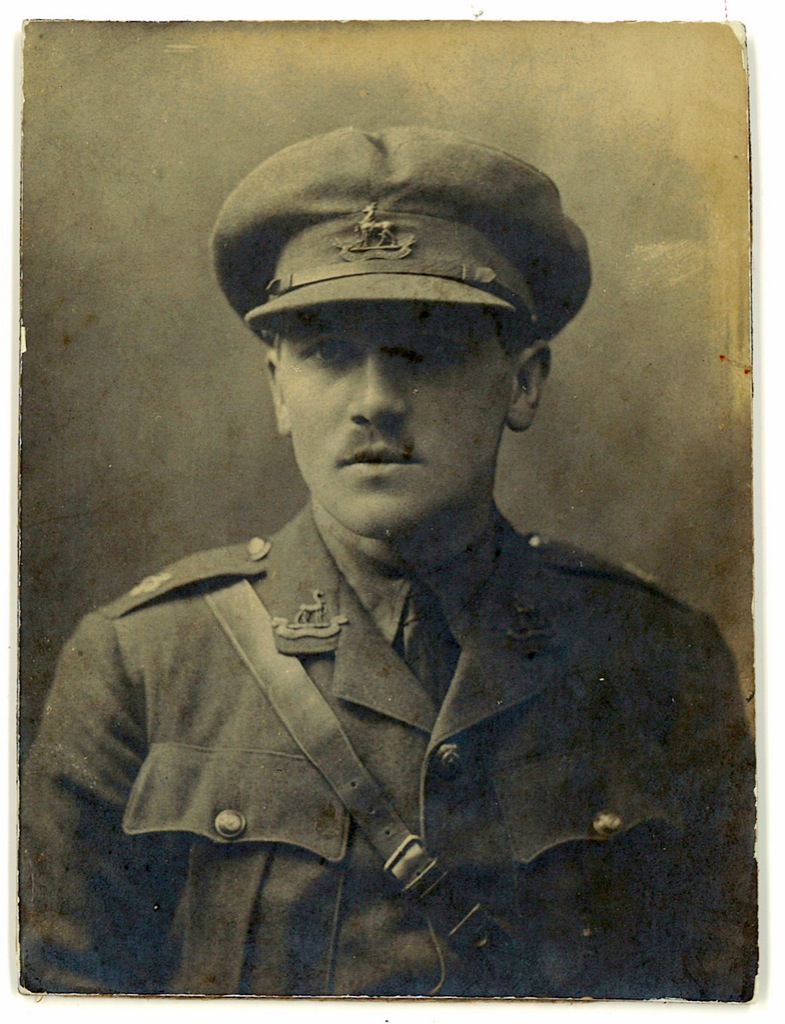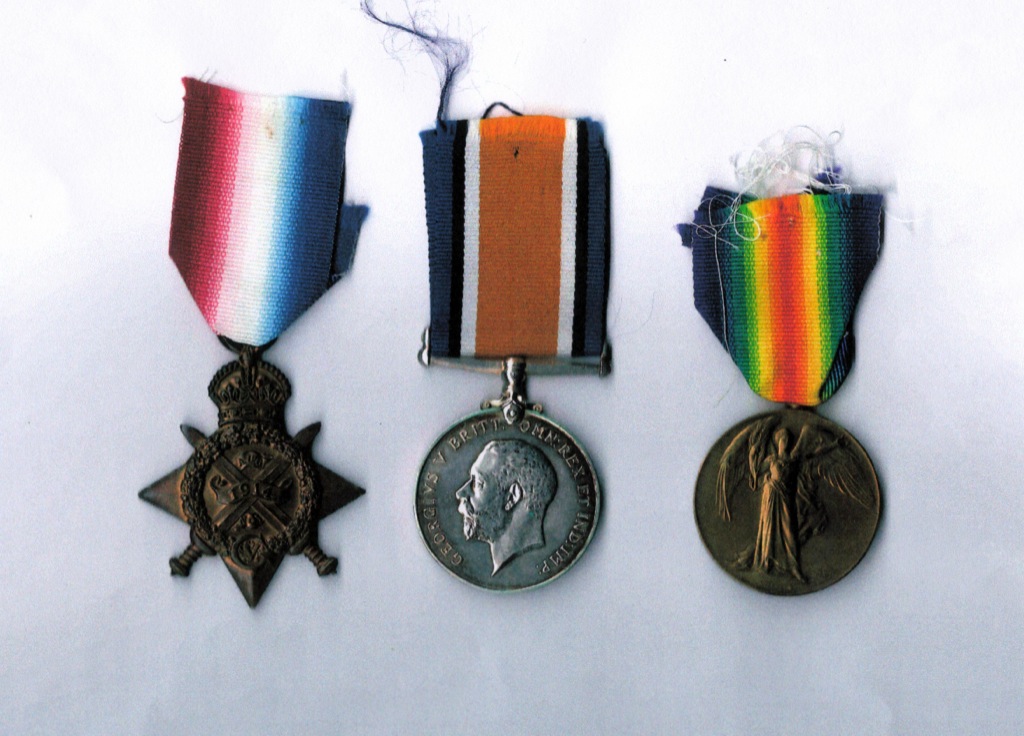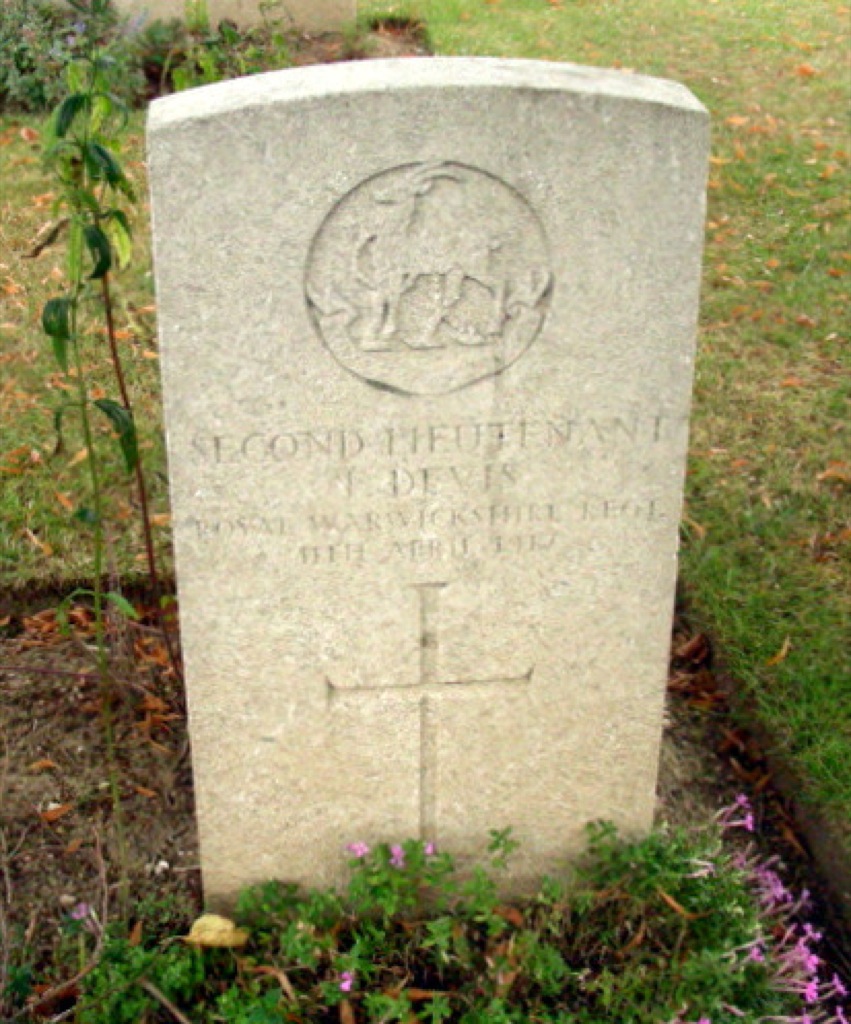Francis Devis, born on 24th September 1893, was admitted to King Edward’s School in January 1907 as a Foundation Scholar. His father, a surgeon, lived in Bristol, so while Francis was at School he boarded with the Reverend J Jervis of Ascot Road, Moseley who had four sons of his own: two were killed during the war, and the other two who survived were both awarded the Military Cross.
At School, Francis was, among other things, a great proponent of the Debating Society. His Latin nickname was ‘Devius Septentrionalis’ (possibly referring to a Northern accent of some sort). On one memorable occasion in November 1910, Francis took part in the debate: “That this House considers that the Debating Society does more harm than good.” He was said to have “wandered into entanglement in endeavouring to elaborate an obscure simile in which the House was likened to an insect with 17 legs (whoever it was that came with only one leg or with three that night is not known)”. Francis regularly debated with JRR Tolkien and various other contemporaries of his, including other famous members of the Tea Club and Barrovian Society (a semi-secret School club, known as the TCBS, and formed by pupils at King Edward’s School in 1910. At the core of the group were four friends: Tolkien, Christopher Wiseman, Rob Gilson, and Geoffrey Bache Smith. All four fought in the Great War, but only Tolkien and Wiseman survived). In the same year, Francis was a player in the production of Henry V, along with RQ Gilson (as Henry) and CL Wiseman (as Pistol). He also appeared in The Rivals with TK Barnsley and others, his performance being cited as worthy of particular praise. After leaving School, the 1911 Census reveals that Francis was working as a bank clerk and boarding with Mrs Wilkins, a widow, in Kilburn, London.
Francis enlisted as a Private Soldier in the Honourable Artillery Company in 1914. He later gained a commission as a Second Lieutenant in the 4th Royal Warwickshire Regiment, attached to the 2nd Battalion, as a Scout Officer. He was wounded in the neck by shrapnel on 14th July 1916 near Bazentin-le-Grand Wood. He sustained minor wounds in February 1917 very soon after his return to France, and was then killed by a sniper while aiding a wounded officer on 11th April 1917 at Fampoux. He is buried in Brown’s Copse Cemetery, Roeux, Pas de Calais.





